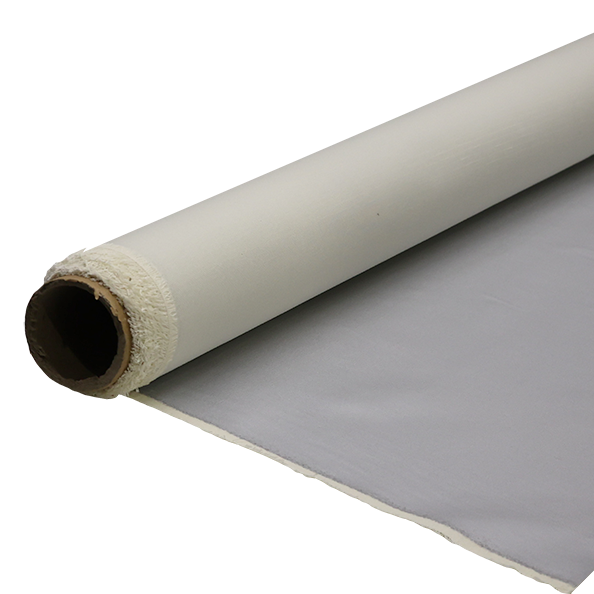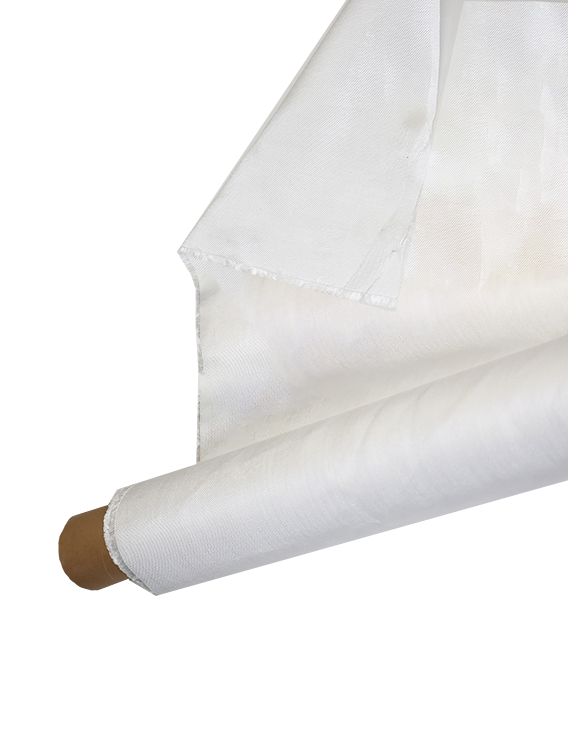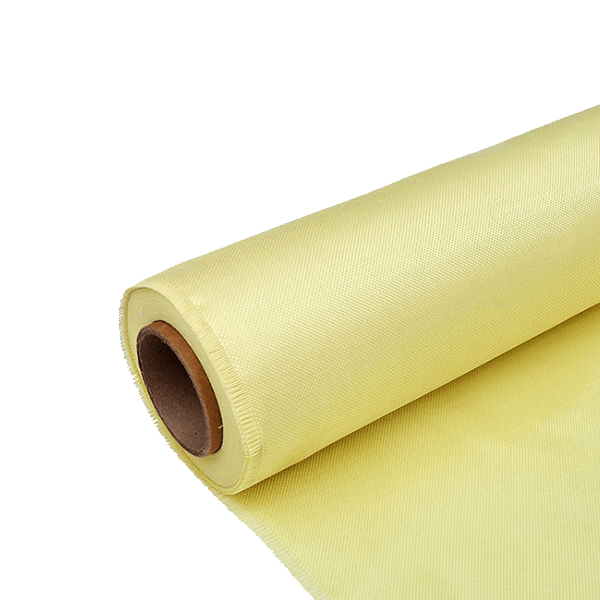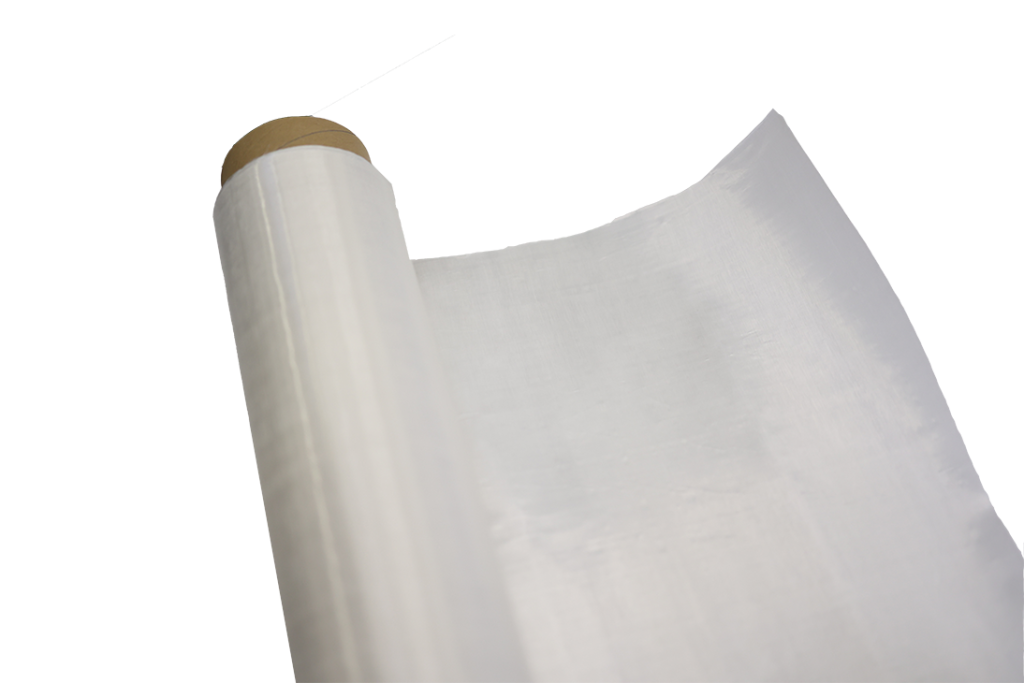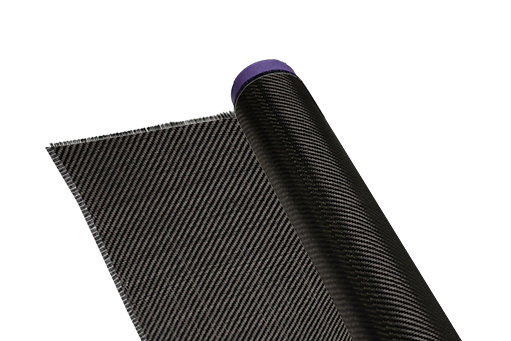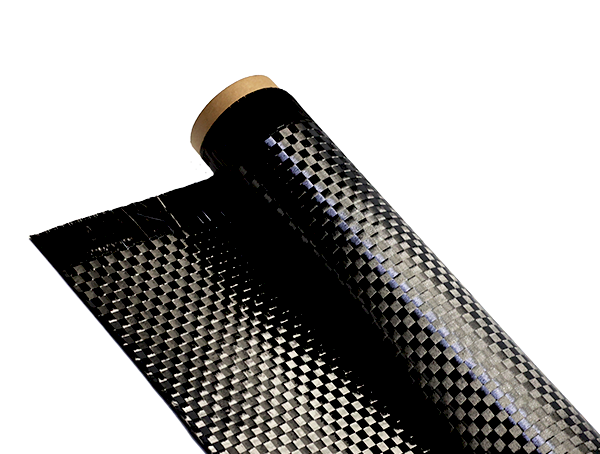Vacuum Bagging Tools Speed Up Prototype Mold Production
-
Table of Contents
“Accelerate Your Prototyping: Vacuum Bagging Tools for Rapid Mold Production!”
Vacuum bagging tools have revolutionized the prototype mold production process by significantly enhancing efficiency and precision. These tools utilize vacuum pressure to remove air from the mold, ensuring a tight fit and uniform application of materials. This method not only accelerates the curing process but also improves the quality of the final product by minimizing defects such as air bubbles and uneven surfaces. As a result, manufacturers can produce high-quality prototypes in a fraction of the time compared to traditional methods, allowing for faster iterations and reduced time-to-market. The integration of vacuum bagging techniques in mold production is essential for industries seeking to innovate rapidly while maintaining high standards of craftsmanship.
Benefits Of Vacuum Bagging Tools In Prototype Mold Production
Vacuum bagging tools have emerged as a pivotal innovation in the realm of prototype mold production, offering a multitude of benefits that streamline the manufacturing process. One of the primary advantages of utilizing vacuum bagging is the significant reduction in production time. Traditional molding techniques often involve lengthy curing processes and extensive manual labor, which can delay project timelines. In contrast, vacuum bagging facilitates a more efficient workflow by allowing for quicker resin infusion and curing, thereby accelerating the overall production cycle. This efficiency is particularly beneficial in industries where time-to-market is critical, enabling companies to respond swiftly to market demands and stay ahead of competitors.
Moreover, vacuum bagging tools enhance the quality of the final product. By creating a controlled environment, these tools minimize the presence of air bubbles and voids within the mold, which are common issues in conventional molding methods. The vacuum pressure ensures that the resin fully saturates the reinforcement materials, resulting in a denser and more uniform composite structure. This improved quality not only enhances the mechanical properties of the prototype but also contributes to a more aesthetically pleasing finish, which is essential for prototypes intended for presentation or testing.
In addition to improving product quality, vacuum bagging tools also promote material efficiency. The process allows for precise control over the amount of resin used, reducing waste and ensuring that materials are utilized effectively. This is particularly important in prototype production, where cost management is crucial. By minimizing excess material usage, companies can achieve significant cost savings while also adhering to sustainability practices. Furthermore, the ability to reuse vacuum bags and other components in the vacuum bagging process further contributes to resource efficiency, making it an environmentally friendly option.
Another noteworthy benefit of vacuum bagging tools is their versatility. These tools can be employed across a wide range of materials, including fiberglass, carbon fiber, and various thermosetting resins. This adaptability allows manufacturers to experiment with different composites and techniques, fostering innovation in prototype design. As a result, engineers and designers can explore new possibilities without being constrained by the limitations of traditional molding methods. This flexibility is particularly advantageous in industries such as aerospace and automotive, where the demand for lightweight and high-performance materials is ever-increasing.
Furthermore, vacuum bagging tools facilitate better control over the curing process. By maintaining a consistent vacuum level, manufacturers can achieve uniform temperature distribution and pressure throughout the mold. This control is essential for ensuring that the resin cures evenly, which directly impacts the structural integrity of the prototype. Additionally, the ability to monitor and adjust the vacuum pressure during the curing process allows for fine-tuning, enabling manufacturers to optimize the properties of the final product.
In conclusion, the integration of vacuum bagging tools into prototype mold production offers a myriad of benefits that enhance efficiency, quality, and versatility. By reducing production time, improving material utilization, and providing better control over the curing process, these tools empower manufacturers to produce high-quality prototypes that meet the demands of modern industries. As technology continues to advance, the adoption of vacuum bagging techniques is likely to become increasingly prevalent, further revolutionizing the landscape of prototype mold production.
How Vacuum Bagging Tools Enhance Efficiency In Mold Making
In the realm of mold making, efficiency is paramount, particularly when it comes to prototype production. The introduction of vacuum bagging tools has revolutionized this process, offering significant enhancements in both speed and quality. By employing vacuum bagging techniques, manufacturers can streamline their workflows, reduce material waste, and achieve superior results in a fraction of the time traditionally required.
To begin with, vacuum bagging tools facilitate the creation of molds by ensuring a consistent and uniform application of pressure across the entire surface area. This uniformity is crucial, as it allows for the even distribution of resin and other materials, which ultimately leads to a more reliable and high-quality mold. When the vacuum bag is applied, it compresses the materials against the mold surface, eliminating air pockets and ensuring that the resin fully saturates the reinforcement fibers. This process not only enhances the structural integrity of the final product but also minimizes the likelihood of defects, such as voids or weak spots, which can compromise the mold’s performance.
Moreover, the use of vacuum bagging tools significantly accelerates the curing process. By creating a vacuum environment, these tools help to remove excess air and moisture from the materials, which can otherwise hinder the curing reaction. As a result, the resin cures more quickly and uniformly, allowing manufacturers to move on to subsequent production stages without unnecessary delays. This time-saving aspect is particularly beneficial in industries where rapid prototyping is essential, such as aerospace, automotive, and consumer goods. The ability to produce high-quality molds in a shorter timeframe not only enhances productivity but also enables companies to respond more swiftly to market demands.
In addition to improving speed and quality, vacuum bagging tools also contribute to cost efficiency. Traditional mold-making methods often involve significant material waste due to excess resin and inefficient application techniques. However, vacuum bagging minimizes this waste by ensuring that only the necessary amount of resin is used, as the vacuum pressure helps to draw the material into the mold more effectively. This reduction in waste translates to lower material costs and a more sustainable production process, which is increasingly important in today’s environmentally conscious market.
Furthermore, the versatility of vacuum bagging tools allows for their application across a wide range of materials and processes. Whether working with composites, thermoplastics, or other materials, these tools can be adapted to suit various project requirements. This adaptability not only broadens the scope of potential applications but also empowers manufacturers to experiment with innovative materials and techniques, ultimately leading to the development of more advanced and efficient mold-making practices.
In conclusion, vacuum bagging tools have emerged as a vital component in enhancing efficiency in mold making. By ensuring uniform pressure application, accelerating curing times, reducing material waste, and offering versatility across different materials, these tools significantly improve the overall production process. As industries continue to seek ways to optimize their operations and meet the demands of a fast-paced market, the adoption of vacuum bagging techniques will likely become increasingly prevalent. Ultimately, the integration of these tools into mold-making practices not only fosters innovation but also paves the way for a more efficient and sustainable future in prototype production.
Key Features To Look For In Vacuum Bagging Tools For Prototyping
When engaging in prototype mold production, the selection of vacuum bagging tools is crucial for achieving efficiency and quality. These tools are designed to create a controlled environment that enhances the molding process, ultimately leading to superior prototypes. Therefore, understanding the key features to look for in vacuum bagging tools is essential for any professional in the field.
First and foremost, the material of the vacuum bagging tool plays a significant role in its effectiveness. High-quality materials, such as nylon or polyester, are preferred due to their durability and resistance to punctures and tears. These materials not only withstand the rigors of the vacuum process but also ensure that the bag maintains its integrity under varying pressures. Additionally, the thickness of the bag should be considered; thicker bags provide better resistance to deformation, which is vital for maintaining the shape of the mold during the vacuum process.
Another important feature to consider is the vacuum pump’s capacity. A powerful vacuum pump is essential for creating the necessary pressure differential that facilitates the removal of air from the bag. This process is critical for achieving optimal compaction of the materials being molded. When selecting a vacuum pump, it is advisable to choose one with adjustable settings, allowing for customization based on the specific requirements of the prototype being produced. This flexibility can significantly enhance the quality of the final product.
Moreover, the sealing mechanism of the vacuum bagging tool is a key aspect that should not be overlooked. A reliable sealing system ensures that the vacuum bag remains airtight throughout the molding process. Look for tools that feature heat-sealed or adhesive seals, as these methods provide a strong bond that can withstand the pressures involved. Additionally, some advanced vacuum bagging systems incorporate quick-release valves, which facilitate easy access to the mold without compromising the vacuum environment. This feature can save valuable time during the prototyping process.
In addition to these fundamental characteristics, the ease of use and setup of vacuum bagging tools is another critical factor. Tools that are user-friendly and require minimal assembly can significantly reduce the time spent preparing for the molding process. Features such as pre-cut bags or integrated fittings can streamline the setup, allowing for a more efficient workflow. Furthermore, consider tools that come with comprehensive instructions or support resources, as these can aid in troubleshooting and optimizing the use of the equipment.
Another aspect to consider is the compatibility of the vacuum bagging tools with various materials. Prototyping often involves a range of materials, including composites, resins, and foams. Therefore, it is essential to select tools that can accommodate these diverse materials without compromising performance. Some vacuum bagging systems are specifically designed to work with certain types of resins or composites, which can enhance the overall quality of the prototype.
Lastly, it is prudent to evaluate the cost-effectiveness of the vacuum bagging tools. While investing in high-quality equipment may require a higher initial expenditure, the long-term benefits in terms of durability, efficiency, and quality can outweigh these costs. Therefore, it is advisable to conduct thorough research and consider user reviews to identify tools that offer the best value for money.
In conclusion, selecting the right vacuum bagging tools for prototype mold production involves careful consideration of various features, including material quality, pump capacity, sealing mechanisms, ease of use, material compatibility, and cost-effectiveness. By focusing on these key aspects, professionals can enhance their prototyping processes, leading to faster production times and superior final products.
Q&A
1. **Question:** What is vacuum bagging in the context of mold production?
**Answer:** Vacuum bagging is a process that involves enclosing a mold and its materials in a sealed bag, from which air is evacuated to create a vacuum, ensuring even pressure and improved resin distribution during curing.
2. **Question:** How does vacuum bagging speed up prototype mold production?
**Answer:** Vacuum bagging accelerates prototype mold production by reducing curing times, enhancing material consolidation, and minimizing defects, which allows for quicker turnaround from design to finished prototype.
3. **Question:** What are the key tools used in vacuum bagging for mold production?
**Answer:** Key tools include vacuum pumps, vacuum bags, release films, breather fabrics, and sealant tape, all of which work together to create a controlled environment for optimal curing of composite materials.Vacuum bagging tools significantly enhance the efficiency of prototype mold production by ensuring uniform pressure distribution, reducing air entrapment, and improving material consolidation. This leads to faster curing times and higher-quality finishes, ultimately accelerating the overall prototyping process and enabling quicker iterations in design and testing. As a result, manufacturers can achieve more efficient workflows, reduce costs, and bring products to market more rapidly.

